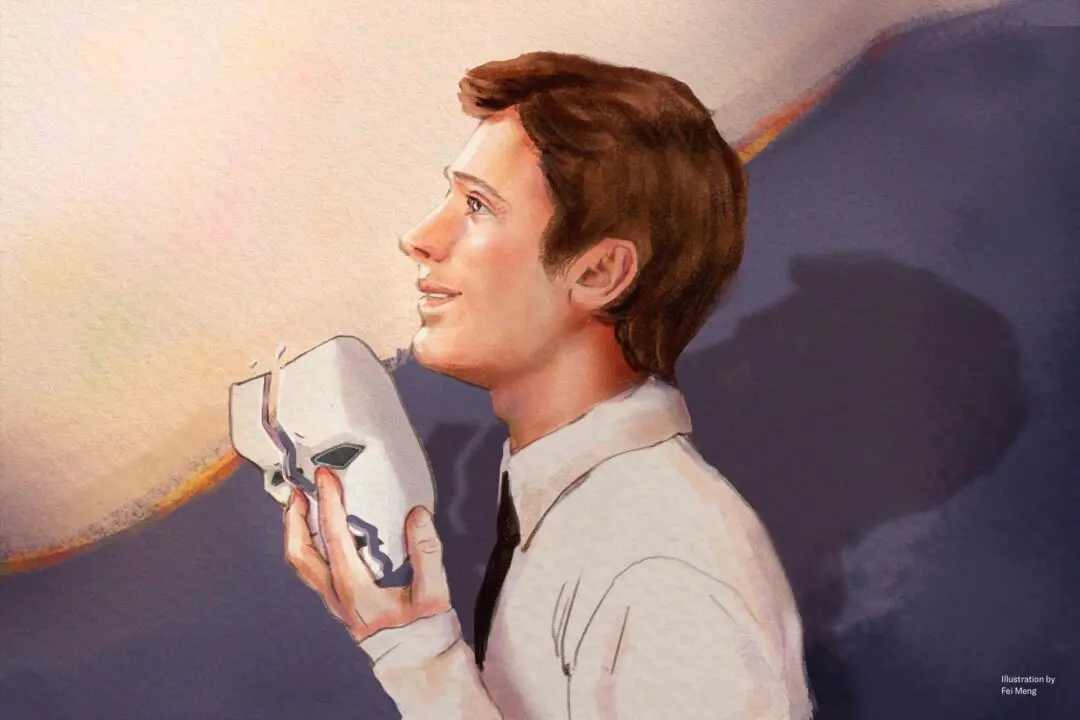Jesse Gelsinger, 18, had a rare metabolic disorder called ornithine transcarbamylase deficiency syndrome, or OTCD, in which ammonia builds up to lethal levels in the blood. He managed the condition with a low-protein diet and a regimen of nearly 50 pills a day.
In 1999, Gelsinger volunteered to participate in a gene therapy trial with the hope of helping others with the same disease. However, a few days later, he became the first person to die as a result of a gene therapy experiment.






